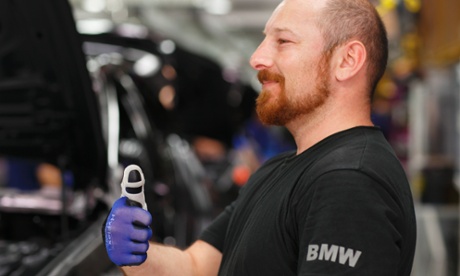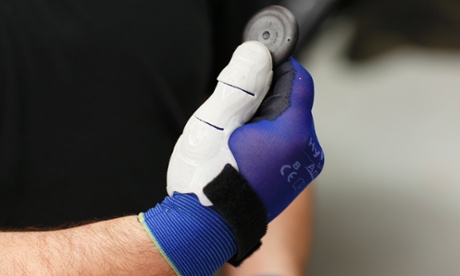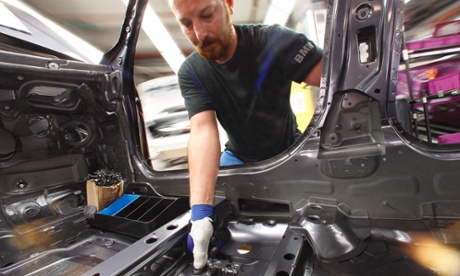Huaiyin Li with his book The Master in Bondage: Factory Workers in China, 1949-2019 at #AAS2024
爭扎一夜。昨太用功,想早點睡, (14年前跌傷竟然發作) 被電話的11時吵醒;Adi打掃,叫她大改變寢室照明,很不習慣,所以今早又忙一陣子;醒來覺得螢幕等等多觸眼.......
Blogging數個。中餐有點飽,就改吃義大利麵,內容差燒臘很多......
非常羅馬與MILANO:謝謝胡/Mike
-----卡洛2014.6.24 於永恆之城--羅馬.
多謝hc和玉燕,兩位的慷慨與熱情,
p.s. 今早參觀西斯汀禮拜堂,欣賞米開蘭基羅真蹟,此行足矣。
明信片封面:
*****梁先生:早知道大嫂去義大利會介紹她先看這個:htt
*****吳鳴兄真不是蓋的,到北京去田野考察,除北大之外,
**** 張華兄從美國繼續指導。 給我他即將發表的論文,告訴我們台語的"牽手"是外來語:
- 閩南語「牽手」(翁佳音).....
用台語和馬來西亞語唸佛經咒語更準.....
- 從Michael Tveite 的翻譯說起......
- ****
- David Hsu 基本上,只要天候許可,我每天玩一次,下山五分鐘,
上山半小時,希望可以再玩十年. - 今天用Runkeeper紀錄下山的過程,
才知道最高時速高達60km,過癮!
*****我聽見了,我看見了。我寫下來了。"
**** 小妹說,他們夫婦暑假須跑中國2次:武漢和敦煌 (IC方面的學術會議。)
****對面新月台的餐廳,下周日6日,後天,重新開張,蓋興來乎?
下午弄第7章服務業的專名。
昨天弄點第3章,始知當年天下文化的編輯部的小戰爭......
1920回64號晚餐。新聞面對面談連勝文的低民調.....很無聊
回88號與梁談一處翻譯,竟然是B.C.2500印度.....
1920回64號晚餐。新聞面對面談連勝文的低民調.....很無聊
回88號與梁談一處翻譯,竟然是B.C.2500印度.....
東摸摸11點了.
Dear Bill, I am re-translate Dr. Deming's two books for a Chinese publisher (and later for Taiwan.) Your "Deming's Route" is a most quoted one. Unfortunately Dr. Deming did not have a uniform treats for the book due to he wrote The New Economics chapter by chapter and don't have time to make various quotations of the book uniform.
Dear Bill, I am re-translate Dr. Deming's two books for a Chinese publisher (and later for Taiwan.) Your "Deming's Route" is a most quoted one. Unfortunately Dr. Deming did not have a uniform treats for the book due to he wrote The New Economics chapter by chapter and don't have time to make various quotations of the book uniform.
由南方朔...
Conversation
A History of a Declining Art
- Stephen Miller
| REVIEWS | PREVIEW | CONTENTS | EXCERPTS |
Out of Print.
Selected as an Outstanding Academic Title for 2006 byChoice Magazine
Essayist Stephen Miller pursues a lifelong interest in conversation by taking an historical and philosophical view of the subject. He chronicles the art of conversation in Western civilization from its beginnings in ancient Greece to its apex in eighteenth-century Britain to its current endangered state in America. As Harry G. Frankfurt brought wide attention to the art of bullshit in his recent bestselling On Bullshit, so Miller now brings the art of conversation into the light, revealing why good conversation matters and why it is in decline.
Miller explores the conversation about conversation among such great writers as Cicero, Montaigne, Swift, Defoe, Lady Mary Wortley Montagu, and Virginia Woolf. He focuses on the world of British coffeehouses and clubs in “The Age of Conversation” and examines how this era ended. Turning his attention to the United States, the author traces a prolonged decline in the theory and practice of conversation from Benjamin Franklin through Hemingway to Dick Cheney. He cites our technology (iPods, cell phones, and video games) and our insistence on unguarded forthrightness as well as our fear of being judgmental as powerful forces that are likely to diminish the art of conversation.
Miller explores the conversation about conversation among such great writers as Cicero, Montaigne, Swift, Defoe, Lady Mary Wortley Montagu, and Virginia Woolf. He focuses on the world of British coffeehouses and clubs in “The Age of Conversation” and examines how this era ended. Turning his attention to the United States, the author traces a prolonged decline in the theory and practice of conversation from Benjamin Franklin through Hemingway to Dick Cheney. He cites our technology (iPods, cell phones, and video games) and our insistence on unguarded forthrightness as well as our fear of being judgmental as powerful forces that are likely to diminish the art of conversation.
Stephen Miller is a freelance writer and a contributing editor to The Wilson Quarterly. His essays on leading eighteenth-century writers have appeared in many magazines, including the Times Literary Supplement,Partisan Review, and Sewanee Review.
這則很動人......
BMW 3D prints new thumbs for factory workers
German car manufacturer put new technology in place to reduce strain on manufacturing-line workers' hands

German car manufacturer BMW has turned to 3D printing to physically augment its car-plant workers, giving them stronger, augmented thumbs.
The 3D-printed apparel acts like support brackets for the workers’ thumbs, reducing strain and helping them to fit certain parts into the cars more easily.
Each "thumb" is created as a custom orthotic device using a portable 3D camera, which captures the unique size and shape of each line-worker’s thumb.
Lasers, plastic, scanners and thumbs
The scan is then used to build up a thumb guard made of a semi-flexible thermoplastic polyurethane plastic – a hybrid material mixture of hard plastic and soft silicone – which is create by a 3D-printing technique called selective laser sintering.
A laser is used to fuse plastic powder into layers, building up the structure one thin slice at a time until the full 3D structure is created.

The finished thumb guard flexes in a closed position. But because the structure is perfectly fitted to the wearer’s thumb the pieces lock into place when the digit is raised into a thumbs-up position.
Iron Man for the thumb
The locked splint resists strain and spreads the load of pushing something like a stiff rubber plug into holes in the car’s chassis – something that was causing pain and strain for production-line workers.
After small trials in the company’s Munich vehicle assembly plant yielded “very positive” feedback from workers, BMW is now looking to roll this and other schemes using custom built 3D-printed apparel to help production and prevent pain and injury.

3D printing for the last 25 years
BMW has been using 3D printing techniques as part of its prototyping of parts and cars since 1989 with around 100,000 pieces created a year using a variety of different techniques at the Rapid Technology Centre in Munich.
This is not the first ergonomic aid BMW has created used 3D printing. The German automotive company created customised wheelchair seats for the British paralympic basketball team in 2012 using similar methods.
The creation of the new thumb cots is part of a project at the Department of Ergonomics at the Technical University of Munich.
Other projects have used 3D printing to replace limbs with cheap, adaptable prosthetics, along with a large number of other interesting objects and creations that were not possible using traditional manufacturing methods.
沒有留言:
張貼留言